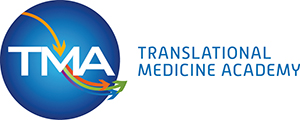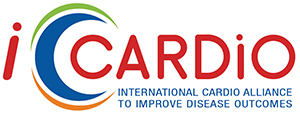Neck-to-height ratio in Bosnian university students according to the 2017 American College of Cardiology/American Heart Association guidelines on hypertension classification

Published: March 28, 2024
Abstract Views: 1389
PDF: 83
HTML: 9
HTML: 9
Publisher's note
All claims expressed in this article are solely those of the authors and do not necessarily represent those of their affiliated organizations, or those of the publisher, the editors and the reviewers. Any product that may be evaluated in this article or claim that may be made by its manufacturer is not guaranteed or endorsed by the publisher.
All claims expressed in this article are solely those of the authors and do not necessarily represent those of their affiliated organizations, or those of the publisher, the editors and the reviewers. Any product that may be evaluated in this article or claim that may be made by its manufacturer is not guaranteed or endorsed by the publisher.
Similar Articles
- Kamilu M. Karaye, Idris Y. Mohammed, Hadiza Sa’idu, Naser A. Ishaq, Suleiman A. Balarabe, Jamilu Tukur, Tewogbade A. Adedeji, Olufemiwa N. Makinde, Rasaaq A. Adebayo, Prevalence of left ventricular dysfunction and relationship with serum selenium in apparently healthy pregnant women: results from the PEACE registry , Global Cardiology: Vol. 2 No. 2 (2024)
- Giuseppe M.C. Rosano, Andrew J.S. Coats, Modulation of cardiac metabolism in heart failure , Global Cardiology: Vol. 2 No. 3 (2024)
- Hussein H. Khachfe, Marwan M. Refaat, Bibliometric analysis of cardiovascular disease research activity in the Arab world , Global Cardiology: Vol. 2 No. 2 (2024)
- Cecilia Salzillo, Lorenzo Giovannico, Giuseppe Fischetti, Gerardo Cazzato, Mario Magistro, Grazia Nucci, Gabriella Serio, Andrea Marzullo, Preliminary study on the immunohistochemical expression of galectin-3 in hypertrophic hearts , Global Cardiology: Vol. 2 No. 2 (2024)
- Francesco Fioretti, Brian R. Lindman, Javed Butler, Biological plausibility and implications of obesity associated valvular heart diseases , Global Cardiology: Vol. 2 No. 3 (2024)
You may also start an advanced similarity search for this article.

 https://doi.org/10.4081/cardio.2024.27
https://doi.org/10.4081/cardio.2024.27









